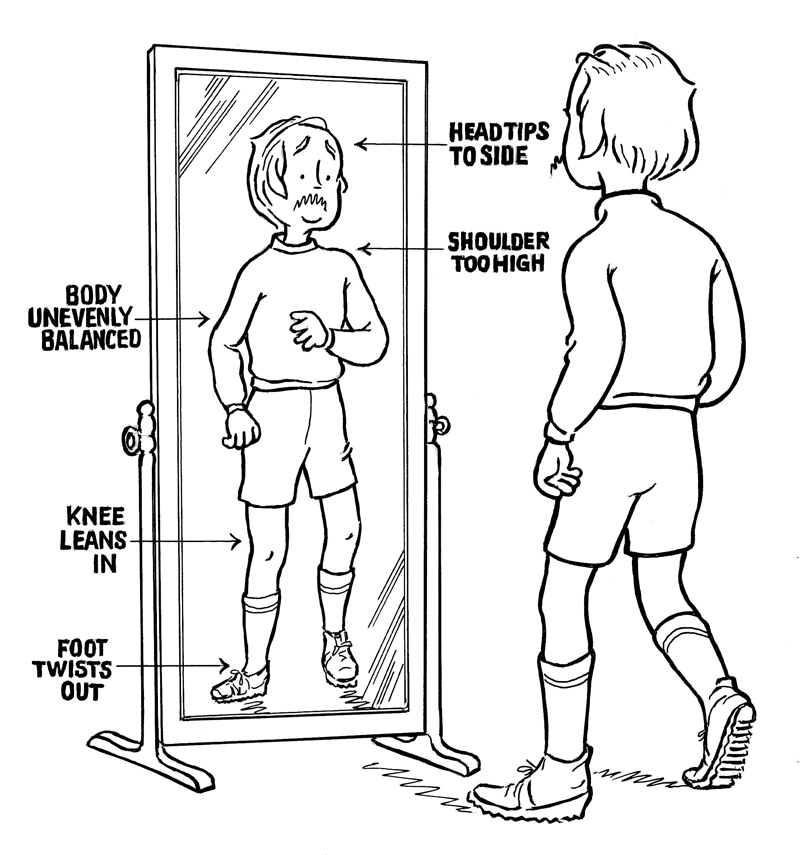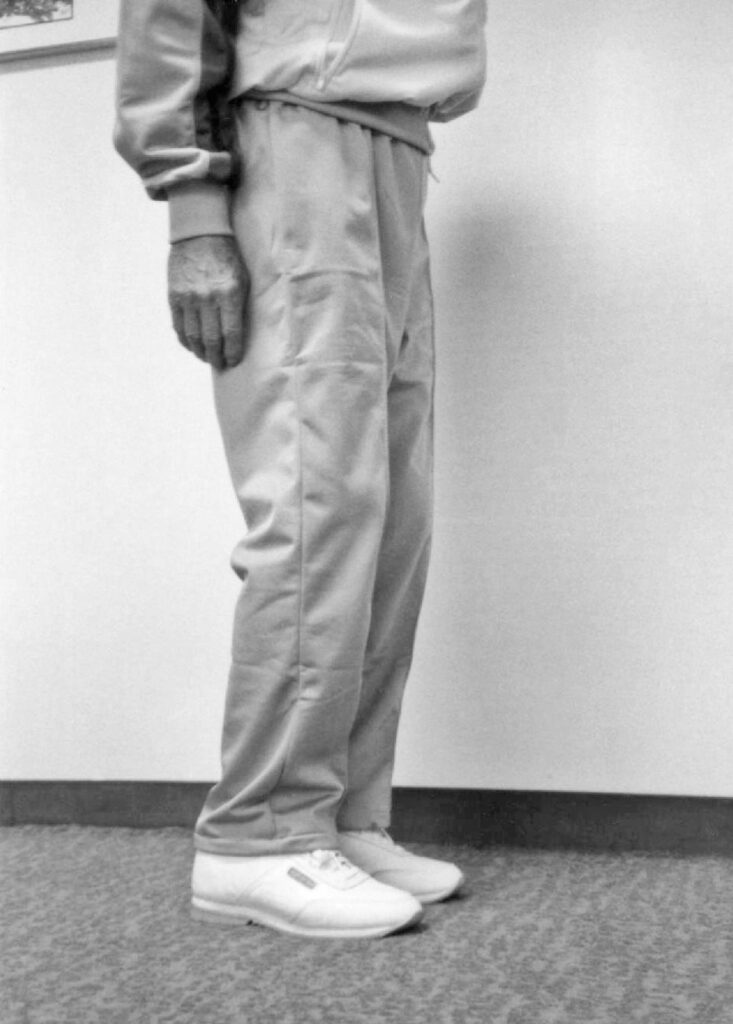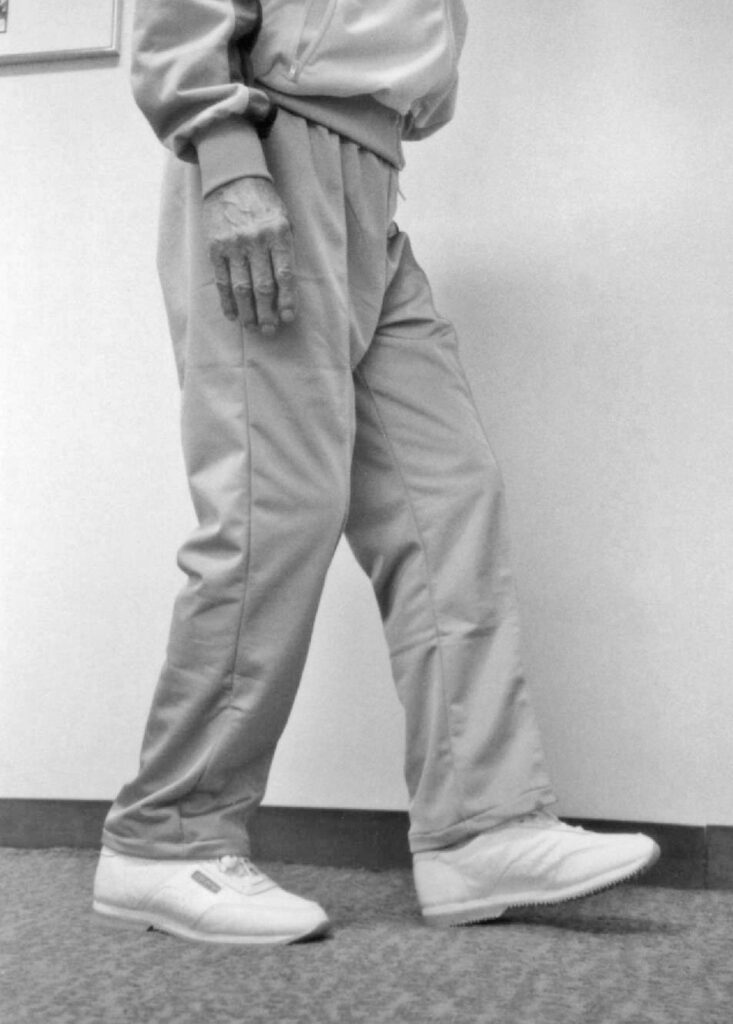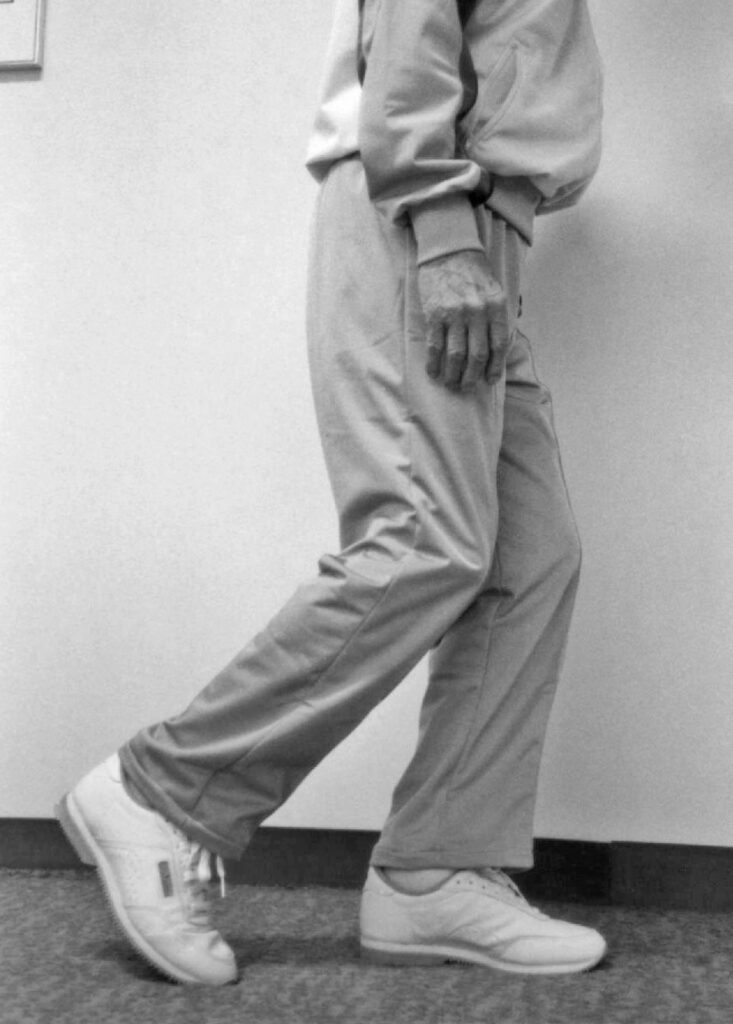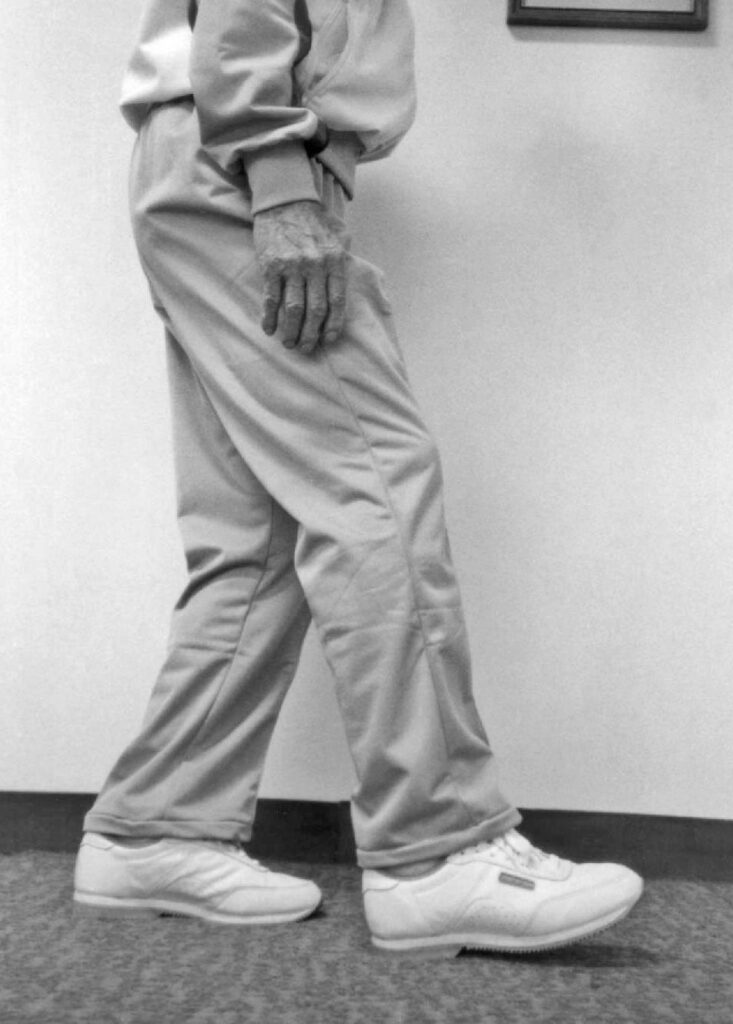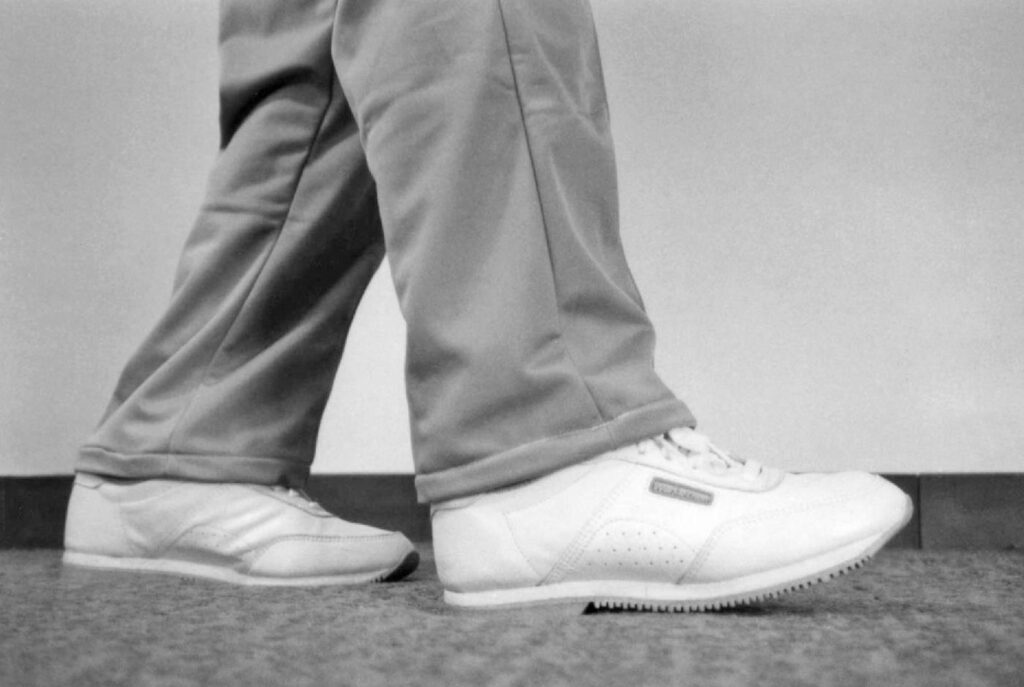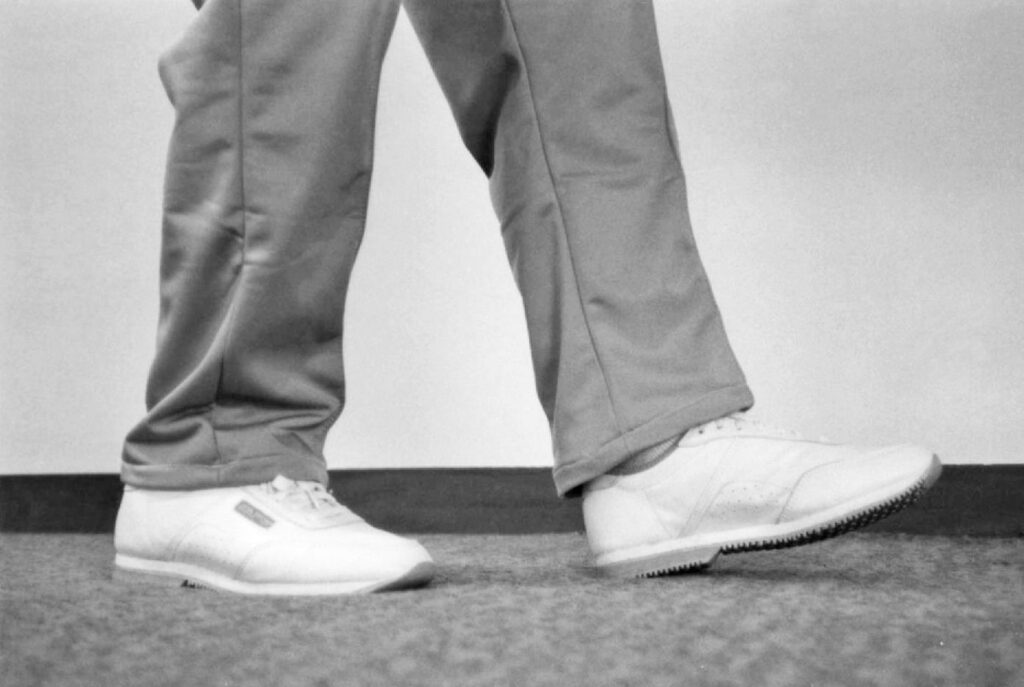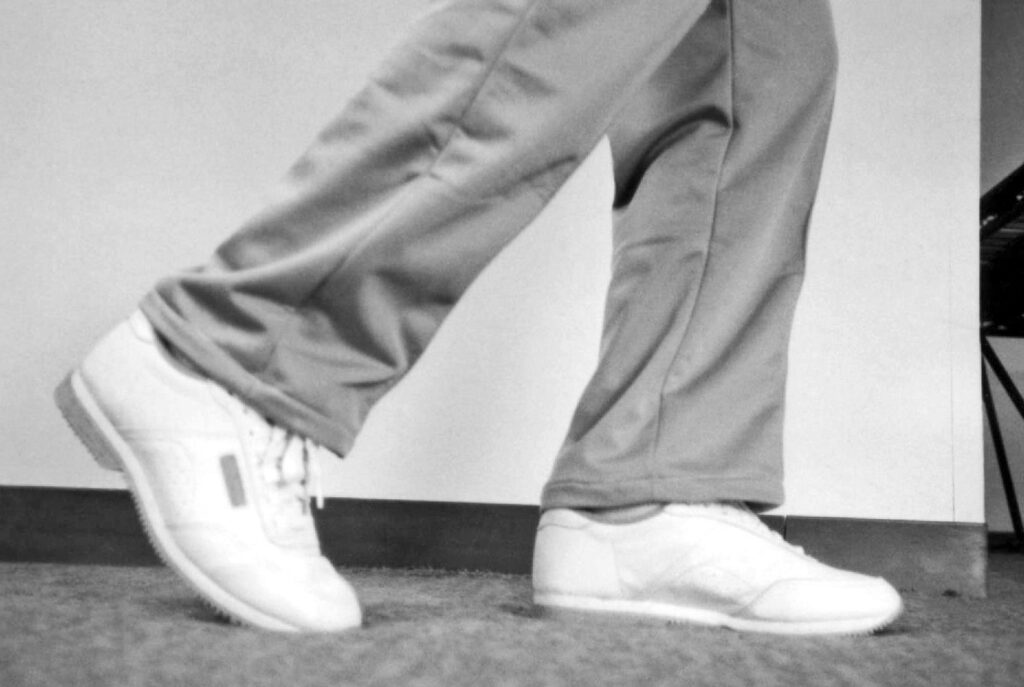Walking is your MOST Important exercise ! Most people don’t think of their walk at all. We just go to the kitchen or to the store, we don't think about walking as an “exercise”. But it really is. It is the one movement (exercise) you do every day, thousands of steps.
Walking correctly keeps muscles healthy and accustomed to a certain level of work. It also improves muscle control, which can be very beneficial to your hips and your performance when walking or running. Proper posture can be learned and doing the right kind of exercise.
The right way to walk:
In part, walking properly is in part an extension of standing with good posture. Keep your head up, shoulders back, chest out, and eyes looking straight ahead.
Generally speaking, pay close attention to your entire body when you walk, noting the placement of your feet, how your knees move, your balance in all parts of your body, as well as your posture, even the position of your neck.
Proper posture involves much more than just looks. It can determine how smoothly you move, how efficiently your body works, and how likely you are to develop back pain, and feet, and other related problems. By using proper posture, you are able to actively use muscles throughout your back, hips, legs, and ankles.
Take small steps:
It almost seems counter intuitive at first, but the steps should be small. Big steps do not help. Big steps create an imbalance in the walk. When the steps are small, the foot can roll properly easily, the knees can keep going forward, and the upper body can keep it nice position. The short steps lead to a nice flowing fluid motion.
Keep the feet straight ahead:
The feet should be straight !! Neither foot should stick out to the side. This is a common problem. So many people walk with one or both feet pointing out to the side, rather than moving straight ahead under the legs. There are several problems with doing this. First, the knee moves inside the leg pointing out to the side. Thus the knee subtly “caves” in when walking. Moreover the leg itself is turned out, and thus creates a torque on the hips. Moreover, the power of the leg is reduced. When the hip leg ankle and foot are all aligned in a straight forward direction, the power of the walk is enhanced.
Roll on the outside of the foot:
This is a major and often neglected point. The foot should land on the heel, move to the center of the foot, then push off with the toes. i.e., Heel-Foot-Toe. Moreover, and importantly, one should roll on the outside of the foot.
Keep the knees moving forward:
The knees should always be moving forward throughout the step. The net effect is to feel a perfectly nice roll of the foot basically around the outside of the foot with the knees moving forward throughout.
The knees are a common mistake for most people. It may be probably come from all the sitting we do in a modern society. The knees quit going forward during the middle of the step. The going forward gets cut off, and results in a kind of snapping back of the knees. The meaning here is that of "relative" motion. The knees appear to straighten, not snapping. But from a relative motion view, the knees snap back.
A good exercise to teach keeping the knees moving forward is to do "Low Walks".
Note, watch little children. The knees are always going forward!
Keep the shoulders back and low:
Shoulders should be kept low and relaxed. Both shoulders should be of equal height, and relatively back in one’s stance. It’s a common mistake for one shoulder to be higher than another.
Keep the posture straight, not tilted in any way:
Just as in standing, upright posture of the body is important. For one thing, this means that the trunk of the body should not bend forward from the waist. The trunk should sit squarely on the waist, straight up. When this is corrected, the walk has a very nice feeling about it and is clearly easier.
Keep the head up, and the neck up straight, too:
The neck should be perfectly placed on the trunk of the body, giving a balanced situation where the neck is relaxed and causes no pressure on the spine.
It is not uncommon to see the neck tilted forward or tilted to one side. In a similar vein, it is not uncommon to see the head looking down, especially in a society where so much time is spent looking down at a cell phone or computer related device.
Move both sides EQUALLY, do not lunge to one side:
The body should provide equal push in the feet and legs on both sides. Note, if one side is used more than the other side, the weak side should always be the one to exercise.
The body should be equally balanced on both sides of the steps so that the body does not tilt, sway, or lunge to one side. The lack of dynamic balance is also a common mistake, and again, people are very seldom aware even that they are lunging or tilting to one side. To really understand dynamic balance, a person needs an observer. The observer can watch those aspects to see if the balance is true, or not. Over time one's walk will seem perfectly natural even though it may have a number of irregularities that will lead to problems later on.
Note. Squat Jumps are a much harder exercise than Knee Bends, single or double. An exercise like Squat Jumps is more likely to be done by a younger person or person with considerable strength and agility.
Look for lightness and energy in the result:
When the walk is done really well, the feeling is that the feet do the walking, not the legs. When all x aspects of the walk done well, the walk is almost like floating.
